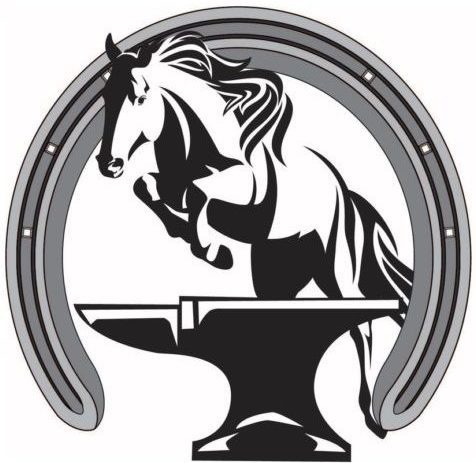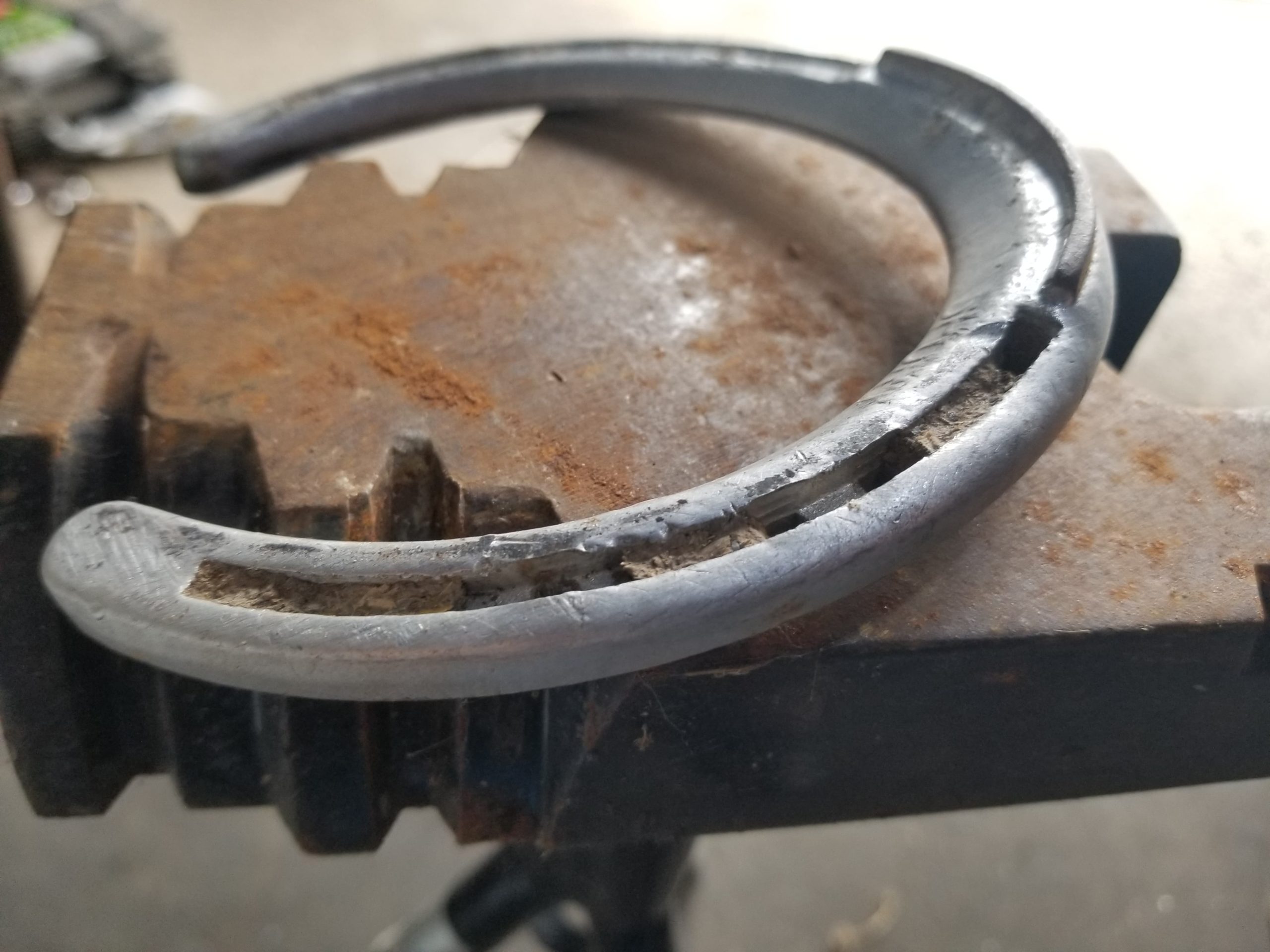Recently new rules for how Thoroughbred race horses are shod have been released causing an uproar in the racing and shoeing communities. The Horseracing Integrity and Safety Authority (HISA), operating under the authority of the Federal Trade Commission (FTC), brought out several new rules related to racing, including limiting what horseshoes are allowed to be used. The controversy surrounding the rule changes come from several factors, including the short timeframe of the implementation, the committee changing the rules multiple times, and that they did not consult with industry experts . This has also brought up concerns about regulation in other parts of the farrier industry.
The shoeing industry, including manufacturers, supply shops, and farriers, has been scrambling because of the new regulations regarding the use of traction devices. In the past, traction on shoes has been decided based on the individual horse, the track conditions, and feedback from the riders and trainers. In the first set of rule changes, the HISA banned all traction devices, and since then they have changed the ruling multiple times just this summer. The current rules now call for shoes that have never before been manufactured. Shoeing with traction has been the mainstay of shoeing these types of horses for many years with some form of toe grab being used with most horses. In the rulemaking process it appears that professionals in the industry were not consulted, rather the new rules were based on a couple studies showing that high toe grabs were linked to certain injuries. We do know that too much grip on a surface does have a negative impact on the horse and does cause injuries, including some that are catastrophic. We also know however that there must be a balance. With too little traction, horses are susceptible to other types of injuries and falls. Each surface a horse works on must be taken into consideration when choosing the appropriate amount of traction. In response to the uproar from the industry, the rules were changed to allow a specific rim shoe in addition to the flat plate. Unfortunately as the committee did not consult manufacturers until after the rules were made there are now huge stockpiles of what are suddenly illegal shoes and the shoes that are now allowed have not been manufactured.
As the government has stepped in to make rules about what shoes are allowed on a horse without thought to the individuality of each horse and track condition and without consulting industry professionals, it raises concerns about the potential reach into other disciplines. In this particular case, the governing body making the rules is limited to racing however the way the rules were brought about bring up major concerns. Currently there is not a governmental overreach into the way we trim and shoe horses in most sports however that could obviously change. This begs the question, is there something we should be doing to prepare for the possibility of government regulation? The idea of regulation is a hotly debated topic amongst farriers. The vast majority of us do not want to see mandated regulation in this industry however it may be that we need to think about it sooner rather than later. I am quite opposed to regulation by those outside of the industry that do not understand the complexities of hoof care. We already see times where those related to our industry but not fully understanding it try to dictate how horses are shod/cared for. It rarely works out well. It would also be a mistake to allow certain fringe factions to dictate that all horses be trimmed or shod only a certain way. None of us can know the future for certain to tell if we will have to deal with regulation in the near or distant future, though I do believe we should be prepared for the possibility of it and if it is going to happen, we as farriers should make sure that it is done as well as possible. Should we wait to see what happens? Should we start the process of a required registration or license? I don’t know.

